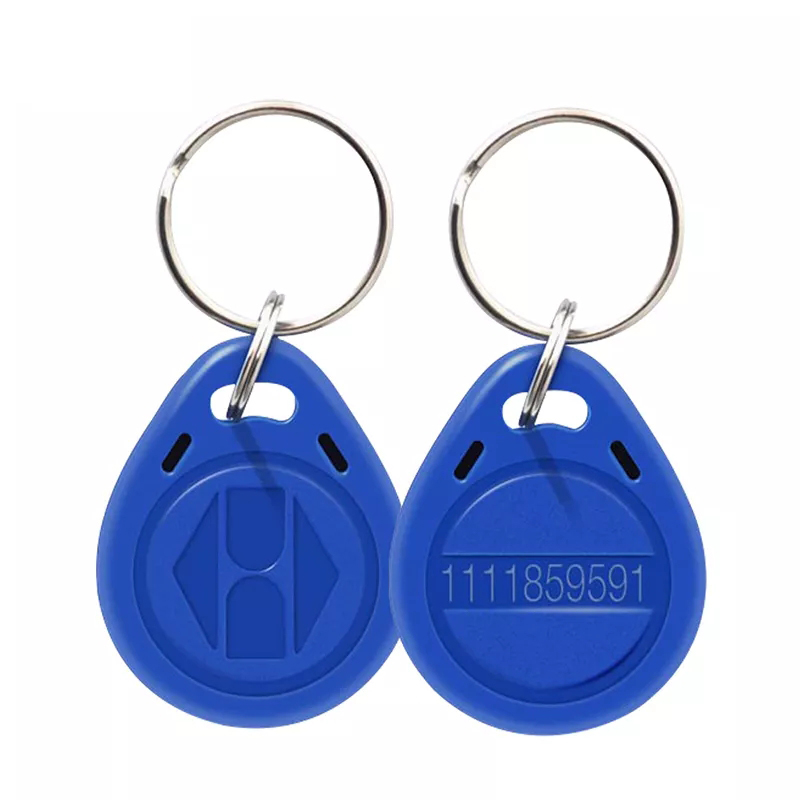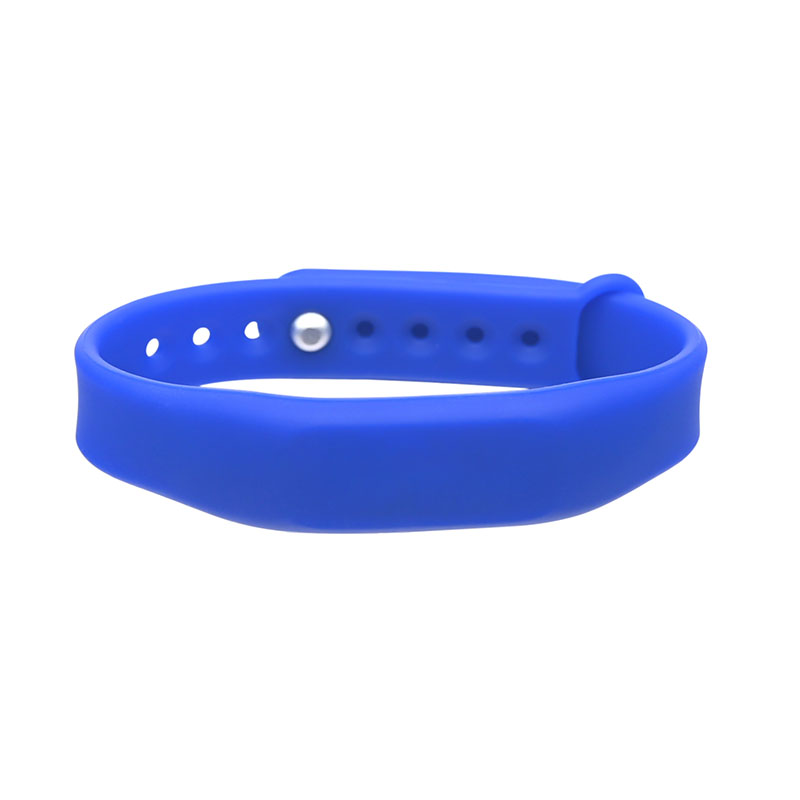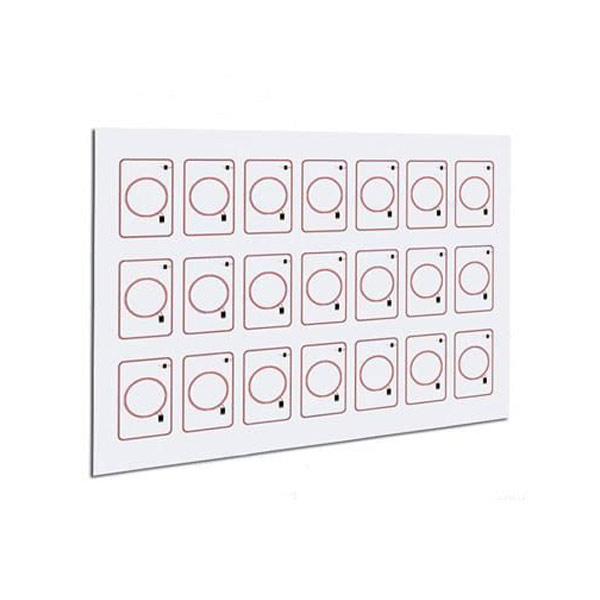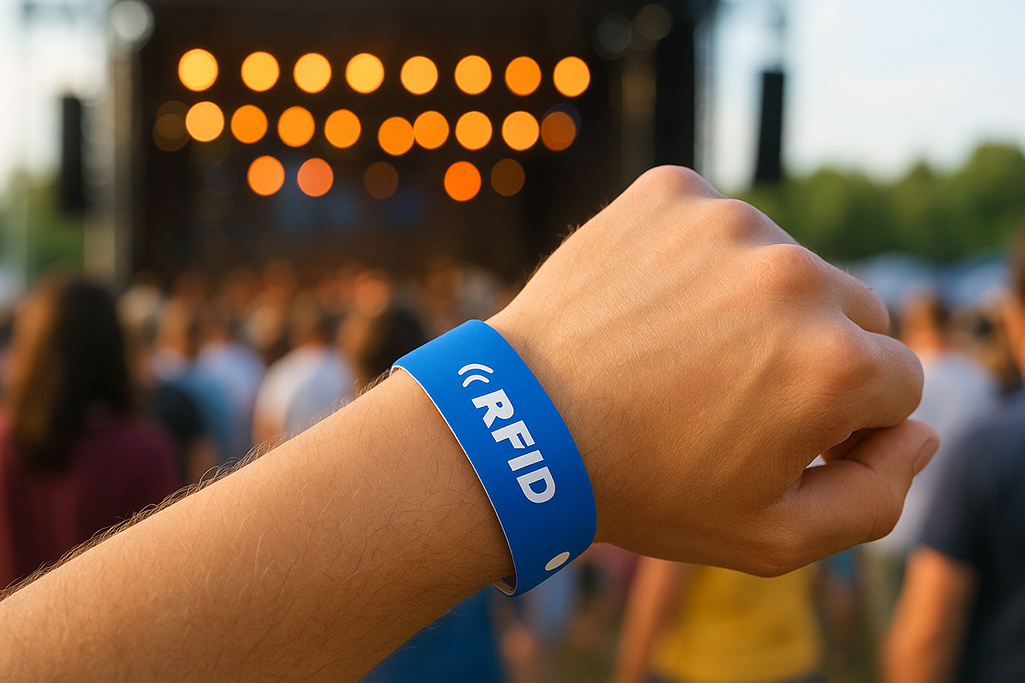
In the B2B world of events, hospitality, and smart access control, customized rfid wristbands have evolved from simple identification tools into integrated digital assets. They streamline operations, improve guest experience, and provide valuable real-time data for management decisions. Understanding how these wristbands work — and how to choose the right type — can help your organization unlock the full potential of RFID technology.
RFID (Radio Frequency Identification) wristbands are wearable devices that use embedded chips and antennas to transmit and receive data wirelessly. When scanned by a reader, they can identify a person, record an entry, or trigger specific system actions — all without physical contact.
Unlike barcodes or magnetic cards, rfid wristbands allow fast, hands-free interaction, making them ideal for high-volume environments such as festivals, resorts, and corporate campuses. Each wristband contains a unique identifier that can be linked to a digital profile, ticket, or payment account.
Three frequency types are commonly used:
LF (125 kHz) – Short range, suitable for simple access control.
HF/NFC (13.56 MHz) – The most common for events and hospitality, often compatible with smartphones.
UHF (860–960 MHz) – Long-range identification for industrial or logistics scenarios.
Standard rfid wristbands can handle basic entry control, but customized versions deliver far greater operational and marketing value.
Core advantages include:
Operational efficiency – Faster entry and authentication reduce waiting times and manpower needs.
Data visibility – Each tag interaction generates traceable event data for analytics and decision-making.
Enhanced brand identity – Custom colors, materials, and printing align the technology with your brand’s visual strategy.
Improved user experience – Comfortable, waterproof, and well-designed wristbands increase end-user satisfaction.
Security and traceability – Anti-tamper designs and encrypted chips protect against fraud or cloning.
Integration flexibility – Customized encoding allows wristbands to communicate with existing ticketing, CRM, or POS systems.
For B2B clients — such as event organizers, hotels, and integrators — a custom RFID wristband is more than hardware; it’s a data-driven access solution that enhances the entire workflow.
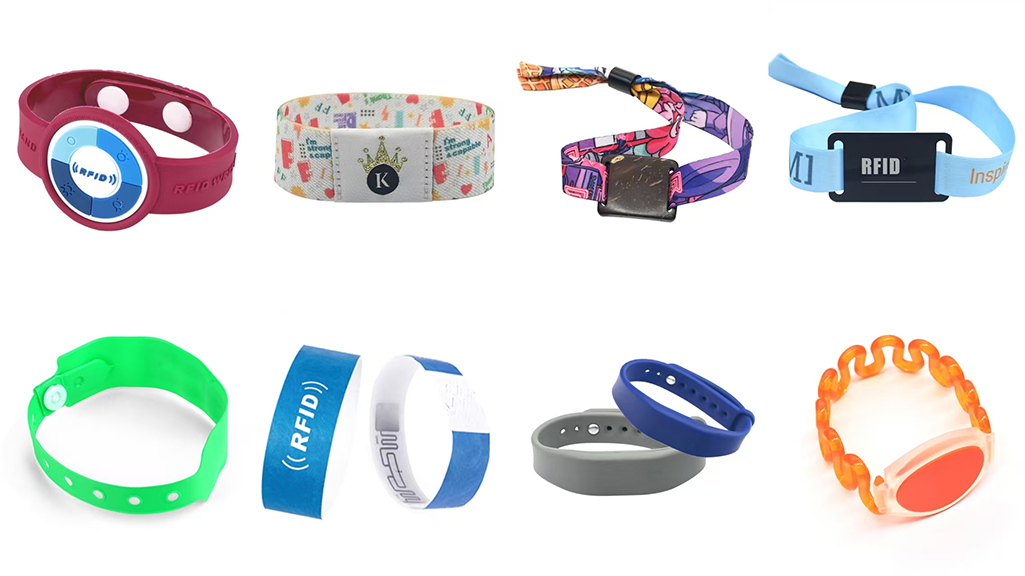
Materials and Chip Options
The right material and chip combination determines durability, comfort, and read reliability.
Common materials:
Silicone – Flexible, reusable, waterproof; perfect for gyms, spas, and resorts.
Fabric (woven, polyester, or bamboo) – Lightweight and breathable; ideal for music festivals and conferences.
PVC or plastic – Strong and highly printable; supports full-color branding and long-term reuse.
Tyvek or paper – Low-cost, single-use, suitable for short-term events.
Eco-friendly composites – Recycled or biodegradable materials for sustainability-focused organizations.
Popular chip families:
NXP MIFARE Classic / Ultralight / DESFire
NXP NTAG213 / 216 (NFC-compatible)
Alien Higgs / Impinj Monza (UHF)
Your choice depends on reading distance, data security, system compatibility, and expected use cycle.
How to Customize an RFID Wristband
Designing an effective custom RFID wristband requires collaboration between technical, branding, and operational teams.
Key customization factors:
Encoding & security setup – Define chip type, memory structure, encryption method, and serial numbering.
Design & printing – Select color palettes, logo placement, and printing methods (silkscreen, thermal, or laser).
Form factor – Choose wristband width, closure style (single-use lock or reusable clasp), and tag position.
Additional identifiers – Integrate barcodes, QR codes, or serial numbers for multi-system compatibility.
User experience – Ensure smooth surface finishes, non-irritating materials, and ergonomic fit.
Packaging & logistics – Plan labeling, sorting, and packaging for large-volume events or site rollouts.
The goal is to create a wristband that performs flawlessly under real-world conditions — whether under heat, humidity, or heavy use.
Key Applications Across Industries
Customized rfid wristbands are now used across nearly every major sector that involves people, access, or transactions.
1. Event Management & Ticketing
Concerts, trade shows, and festivals use rfid wristbands for entry validation, crowd control, and cashless payments. Organizers gain real-time visibility into attendee flow and vendor sales while eliminating counterfeit tickets.
2. Hospitality & Resorts
Hotels and waterparks employ wristbands for room access, locker systems, and contactless payment at restaurants or bars. Guests enjoy convenience, while operators reduce card replacement costs and fraud risks.
3. Corporate & Industrial Access
Enterprises use rfid wristbands for employee access control, time tracking, and zone authorization. In manufacturing environments, wristbands can even link to equipment permissions or training certifications.
4. Healthcare & Education
Hospitals and schools integrate RFID for identity management, attendance tracking, and patient safety. Wristbands simplify data synchronization with existing IT systems.
5. Sports & Fitness
Gyms, marathons, and stadiums rely on RFID to simplify membership verification and performance tracking, enhancing both security and user engagement.
In all cases, rfid wristbands serve as digital keys connecting the physical and data-driven worlds.
Selecting the Right RFID Wristband Supplier
A reliable supplier is essential to ensure consistent product quality and technical compatibility. The best suppliers are not just manufacturers — they act as long-term technology partners.
When evaluating potential vendors, consider:
RFID expertise – Proven experience in LF, HF/NFC, and UHF chip encoding and system integration.
Customization capability – Ability to deliver tailored materials, sizes, and designs at scale.
Quality assurance – 100% testing of chip performance and encoding accuracy before shipment.
Regulatory compliance – Skin-safe, ROHS, or ISO-certified materials for safety and sustainability.
Engineering support – Technical documentation, SDKs, or APIs for seamless integration.
Global logistics – Reliable lead times, flexible shipping options, and clear after-sales communication.
Working with an experienced supplier ensures your RFID program scales smoothly from pilot to enterprise level.
Deployment and Maintenance Best Practices
Even with high-quality wristbands, successful implementation depends on careful deployment planning and ongoing maintenance.
Pre-deployment testing:
Conduct small-scale trials to verify read range, tag orientation, and reader calibration.
Simulate real-world conditions such as crowd density, metal interference, and humidity.
Confirm compatibility with existing infrastructure (turnstiles, payment terminals, mobile readers).
On-site deployment:
Position readers at optimal angles to minimize shadow zones.
Provide clear signage for contactless interaction areas.
Train staff on wristband scanning, replacement, and troubleshooting procedures.
Post-deployment maintenance:
Monitor system logs for failed reads or duplicate scans.
Store unused wristbands in a temperature-controlled environment.
For reusable models, implement cleaning and re-encoding processes between uses.
Consistent system monitoring ensures RFID performance remains stable over time, protecting both data integrity and user satisfaction.
In large-scale operations, every second saved and every interaction tracked contributes to measurable ROI. Customized rfid wristbands deliver that value by combining speed, reliability, and brand presence in one simple product.
They enable faster throughput at entrances, reduce manual errors in data collection, and provide operators with live insights into customer behavior. For partners, resellers, and system integrators, offering tailored rfid wristbands enhances the overall solution package and positions their business as forward-thinking and tech-enabled.
Beyond events, these wristbands are becoming part of the broader Internet of Things (IoT) ecosystem — connecting people, places, and processes in real time. As cloud-based platforms and analytics tools evolve, the information captured by RFID systems will play an even greater role in business intelligence and predictive management.
Conclusion
Customized rfid wristbands are transforming how organizations authenticate, engage, and understand their users. From event check-ins to resort access and enterprise security, they represent a smart, scalable bridge between physical and digital systems.
Choosing the right materials, chips, and suppliers ensures not only reliability but also long-term adaptability as your business expands. For companies seeking a balance of efficiency, data insight, and brand impact, investing in customized rfid wristbands is a strategic decision that pays dividends well beyond a single event or project.


